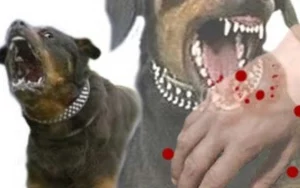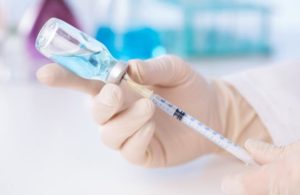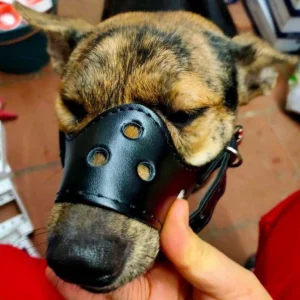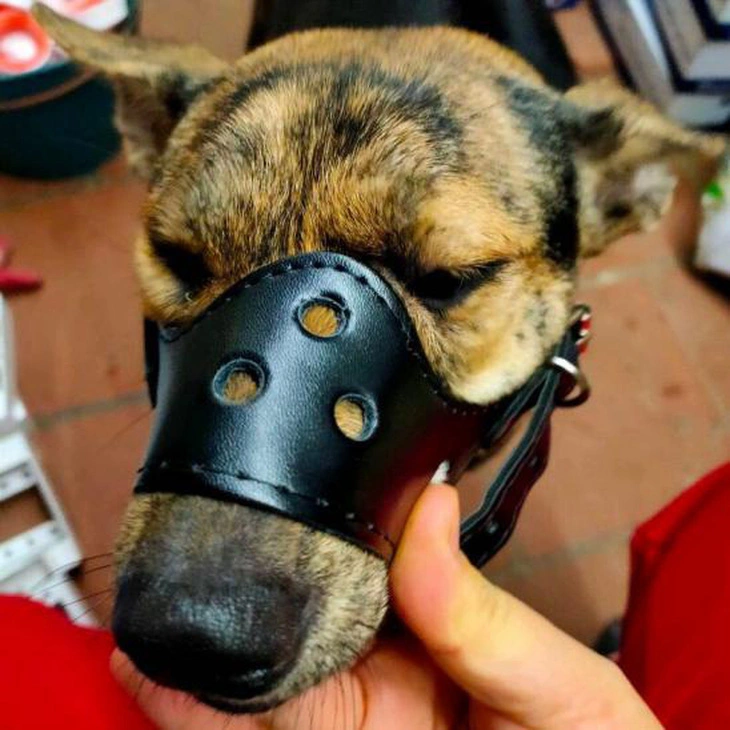
Introduction
Dog bites can happen unexpectedly, whether you’re playing with your own dog or encountering an unfamiliar one on the street. It’s important to take immediate action to treat the wound and minimize the risk of infection. In this comprehensive guide, we will walk you through the necessary steps to treat a dog bite effectively. From cleaning the wound to seeking medical attention, we’ve got you covered.
Understanding Dog Bites

When a dog bites, its teeth can cause compression and tearing of the skin, resulting in an open and jagged wound. One of the primary concerns with dog bites is the risk of infection. According to Dr. Stephen Sayles III, an emergency medicine physician, infections from dog bites can be severe and may require hospitalization and intravenous antibiotics. Seeking medical attention from a primary care provider is crucial in these situations.
7 Steps to Treating a Dog Bite
If you find yourself bitten by a dog, it’s crucial to follow these steps immediately:
Step 1: Wash the Wound
Using mild soap, wash the wound under warm tap water for five to ten minutes. This helps remove any dirt or bacteria from the affected area.
Step 2: Slow the Bleeding
Use a clean cloth to apply pressure and slow down the bleeding. This will help you gain control over the situation and prevent excessive blood loss.
Step 3: Apply Antibiotic Cream
If you have over-the-counter antibiotic cream available, apply it to the wound after washing. This can help prevent infection and promote healing.
Step 4: Wrap the Wound
Cover the wound with a sterile bandage to protect it from further contamination. It’s important to keep the wound covered until you can see a healthcare professional.
Step 5: Seek Medical Attention

It’s crucial to see a doctor within eight hours of a dog bite. Delaying medical treatment increases the risk of infection, especially if you have underlying conditions like diabetes or a compromised immune system.
Step 6: Change the Bandage
Once your doctor has examined the wound, they will provide further instructions on wound care. Change the bandage several times a day as directed and follow any additional recommendations provided.
Step 7: Watch for Signs of Infection
Keep a close eye on the wound for any signs of infection, such as redness, swelling, increased pain, or fever. If you notice any concerning symptoms, contact your healthcare provider immediately.
Medical Treatment for Dog Bites
When you visit a doctor for a dog bite, they will gather information about the incident and the dog involved. They will also clean the wound again, apply antibiotic ointment, and may prescribe oral antibiotics like Augmentin if there are concerns about infection. Additionally, it’s essential to know when your last tetanus shot was and ensure it’s up-to-date. In some cases, a tetanus booster may be recommended, especially if the wound is dirty or if it has been more than five years since your last shot.
Potential Risks and Complications
Dog bites introduce bacteria into the body, including staphylococcus, streptococcus, pasteurella, and capnocytophaga. These bacteria can lead to infections if not properly treated. Additionally, unvaccinated and feral dogs have the potential to carry and transmit rabies. It’s crucial to provide your healthcare provider with detailed information about the dog that bit you to assess the risk of rabies exposure.
Healing and Scar Prevention
In most cases, dog bites are left open to heal unless they are located on the face or have the potential to cause severe scarring. Your doctor will determine if stitches are necessary based on the location and severity of the wound. Proper wound care, including keeping the area clean and changing bandages regularly, will aid in the healing process and reduce the risk of scarring.
Prevention is Key

While it’s essential to know how to treat a dog bite, prevention is always the best approach. Here are some tips to help you avoid dog bites:
- Never approach unfamiliar dogs, especially ones that appear aggressive or fearful.
- Teach children how to interact with dogs safely and supervise their interactions.
- If you encounter an unfamiliar dog, avoid making direct eye contact and back away slowly.
- Do not disturb a dog that is eating, sleeping, or caring for puppies.
- Avoid sudden movements or loud noises that may startle a dog.
Conclusion
Dog bites can be painful and carry the risk of infection. By following the steps outlined in this guide and seeking timely medical attention, you can effectively treat a dog bite and reduce the likelihood of complications. Remember, prevention is crucial, so always exercise caution and respect when interacting with dogs. Stay safe and keep your furry friends safe too!
